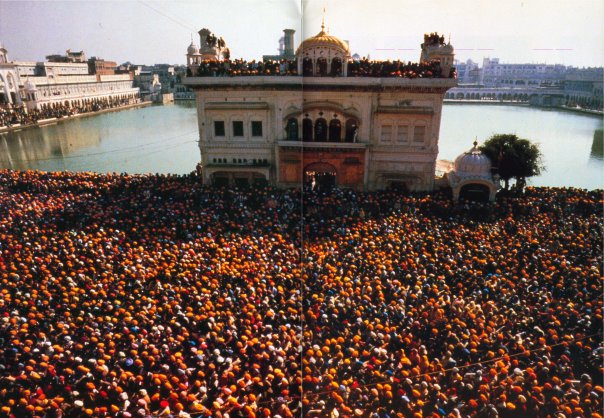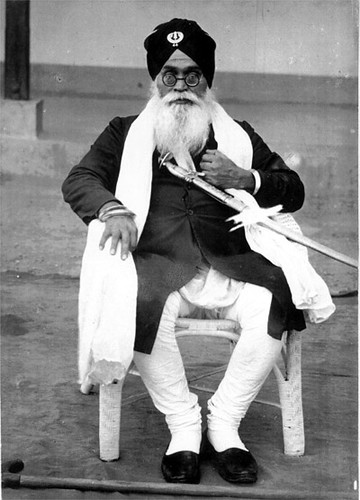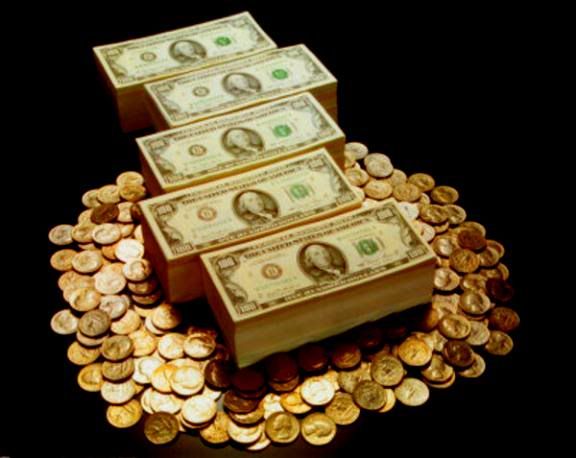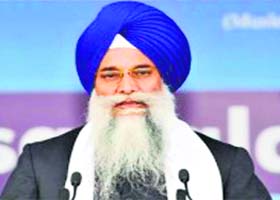I have always believed that "Rationalism" is the best ideology for life and one must question the establishment for satisfying one's own intellectual pursuits and one's inquisitiveness helps to have a better knowledge about oneself and surroundings. I never blindly believed in "Guru Maanyo Granth" as the words of Guru Gobind Singh ji until I applied my own mind to it and then concluded that these words of wisdom are of much more benefit to me than I expected initially.
Now as a person having a middle class background without any political affiliation, I know that this is not the right time to resort to writing and choosing this as a line of career when many renowned thinkers, writers and rationalists are feeling so much insecure in the system. Some of them have been victimized by violence and others are returning their awards and honors out of a feeling of infringement of their constitutional right of free thinking and expression. All in all an atmosphere has been generated in India where attempts are being made to curb the "power of words" in order to make the establishments more secured.
"Word" may be a very simple concept to understand but if we look deeper on the same "word/ shabad" has been the very basic foundation of the sikh philosophy. Usually people think that it was Guru Gobind Singh ji, the founder of Khalsa panth, who introduced this revolutionary concept of abolition of the human Guru and making "Adi Granth" - an epitome of divine wisdom, as the guru. But we fail to recognize that Guru Nanak, who dispelled darkness with his revolutionary thinking was the messenger behind the introduction of "Shabad Guru" and it was very much a part of his philosophy. The foundation stone of the embodiment of Guru Granth Sahib had started from the time of Guru Nanak and maybe much prior to him.
The greatness of Sri Guru Granth Sahib (SGGS) not only lies in giving space to the wisdom of the sikh Gurus but also the non-sikh saints and seers prior to them. Hence, SGGS does not only symbolizes the guiding light for sikhs but for the entire humanity. It is extremely painful to see that guiding light, the messenger of universal brotherhood, being disrespected and shattered. I feel more than painful to share this photo.
Now as a person having a middle class background without any political affiliation, I know that this is not the right time to resort to writing and choosing this as a line of career when many renowned thinkers, writers and rationalists are feeling so much insecure in the system. Some of them have been victimized by violence and others are returning their awards and honors out of a feeling of infringement of their constitutional right of free thinking and expression. All in all an atmosphere has been generated in India where attempts are being made to curb the "power of words" in order to make the establishments more secured.
"Word" may be a very simple concept to understand but if we look deeper on the same "word/ shabad" has been the very basic foundation of the sikh philosophy. Usually people think that it was Guru Gobind Singh ji, the founder of Khalsa panth, who introduced this revolutionary concept of abolition of the human Guru and making "Adi Granth" - an epitome of divine wisdom, as the guru. But we fail to recognize that Guru Nanak, who dispelled darkness with his revolutionary thinking was the messenger behind the introduction of "Shabad Guru" and it was very much a part of his philosophy. The foundation stone of the embodiment of Guru Granth Sahib had started from the time of Guru Nanak and maybe much prior to him.
The greatness of Sri Guru Granth Sahib (SGGS) not only lies in giving space to the wisdom of the sikh Gurus but also the non-sikh saints and seers prior to them. Hence, SGGS does not only symbolizes the guiding light for sikhs but for the entire humanity. It is extremely painful to see that guiding light, the messenger of universal brotherhood, being disrespected and shattered. I feel more than painful to share this photo.
Somewhere having heard the news of the same does not only make me feel deeply pained and disgusted about such ghastly acts but I pity the malefactors instead of getting infuriated at them. Those who were directly or indirectly involved in the sacrilege, failed to realize that this act committed by them would not only add a vice to their deeds but it would vitiate the atmosphere of the entire state. I would not like to elaborate more on this issue because then there won't be much difference between me and those hypocritical leaders who try to take mileage out of everything. I firmly believe that the omnipresent, almighty GOD will have better plans to restore the pride and dignity of the Holy Granth. At the personal level, I CURSE the malefactors !!



























